Quick Tips: How to Photograph Wildlife
by Josie on Sep.26, 2010, under Articles
How to photograph wildlife: essential tips to help you create stunning images of wild animals!
Photographing wildlife is a notoriously tricky task. Wild animals tend to be wary of humans, fast-moving and are adept at hiding themselves.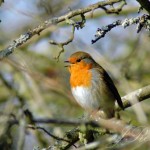
Perfecting your skills as a wildlife photographer takes time and patience, but with a good dose of both the rewards soon justify the hard work. Here are ten tips to get you started:
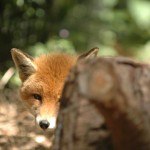 #1 Research:
#1 Research:
Pick a particular animal species you want to photograph and learn everything you can about it. Use books and the Internet to find out about its natural habitat, behaviour and food. Armed with this knowledge, you’ll be in a far better position to locate your subject in the first place, to interpret its body language and predict what it’s likely to do next, helping you to obtain better shots as a result.
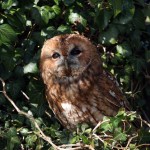 #2 Know your kit:
#2 Know your kit:
You’ll be able to respond quickly if you know your camera gear inside out. Before you set foot outside your house, make sure you know exactly where everything is and how to alter key settings like ISO, shutter speed and aperture.
 #3 Practice:
#3 Practice:
You can hone your skills using the birds in your back garden or local park, or visit a zoo / wildlife centre to practice the fundamentals like getting the shutter speed and aperture right. Once you’ve mastered these skills, you can use them out in the wild.
 #4 Learn to track:
#4 Learn to track:
Acquiring this skill means you can learn even more about your subject’s behaviour and routines, improving your chances of getting shots to be proud of. The best places to find tracks are on sand, snow and muddy ground. To increase your chances of finding tracks, head out after a heavy rainfall/snowfall. Tracks with four toes on the front and back feet are from the cat or dog family e.g. a fox. Look closer: if there are claw marks, it’s not a cat. Four toes on the front paws and five on the back means it’s a rodent of some description e.g a weasel / rat etc – depending on size. Two ‘slots’ belong to deer / livestock, depending on your location.
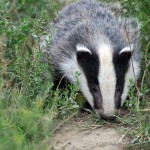 #5 Observe:
#5 Observe:
If you whip out your camera as soon as you spot your target and start firing away, it’s likely to disappear pretty quickly. Before even thinking about getting your camera out of your bag, it pays to accustom your subject to your presence. This may mean just coming to watch your potential subject for a few days or even weeks on a regular basis, until the animal seems relaxed in your presence, then taking one or two shots, gradually getting it used to the sound of the shutter.
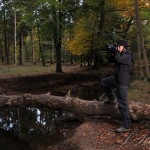 #6 Conceal yourself:
#6 Conceal yourself:
You don’t need to go out and buy special camo gear if you don’t want to, but do stick to wearing darker, natural colours that will help you blend into the background more easily. Anything that’s of high contrast against the surrounding environment will make you stand out to the local wildlife, so visit your location beforehand to gauge what you need.
 #7 Be prepared:
#7 Be prepared:
A happy photographer is one that’s warm, well-fed and watered! If it’s cold, wear plenty of layers: the air trapped between them will insulate you further, and you have the option of removing some if things warm up. Take a thermos of soup and some ‘quiet’ food – anything that’s not in noisy plastic packaging is ideal. If it’s hot, take plenty of water and wear natural fibres or technical clothing that will help wick moisture away from your skin.
 #8 Perfect panning:
#8 Perfect panning:
If you catch your target species in action, perfecting your panning skills, will result in dynamic images that convey the animal’s movement. You need to slow down your shutter speed (the actual value depends on the ambient light available) but around 1/30sec is a starting point. With your focus mode on Continuous/AI Servo, follow the path taken by your subject, keeping pace and panning smoothly after it, rotating from your waist. With luck, you’ll have an image where the subject is in sharp focus and the background is beautifully blurred. This is a hard one to master, so practice on your, or a friend’s pet in your local park first or take a trip to the zoo.
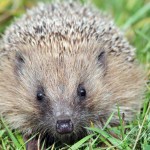 #9 Pre-focusing:
#9 Pre-focusing:
If you’ve been observing a particular creature’s behaviour for some time and know where they’re likely to pass by, you can conceal yourself and pre-focus on the point your subject is likely to emerge, enabling you to respond quicker when they make an appearance.
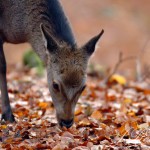 #10 Respect:
#10 Respect:
The most important tip of all: never put your subject under stress. If you notice signs of stress or panic in your subject, stop immediately and leave quietly. Never approach any animal with young and do not disturb nests. Respect our wildlife and protect it for future generations of budding wildlife photographers.